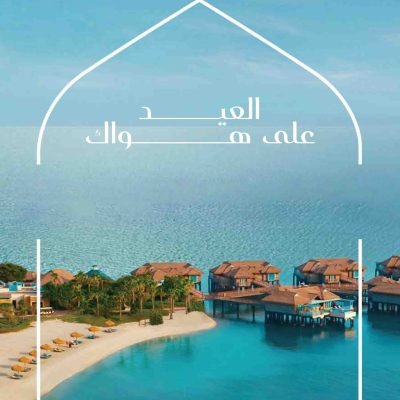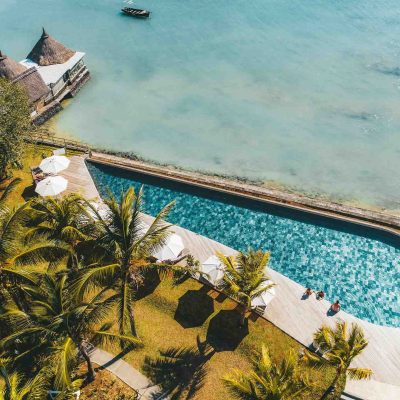
As the only country in Africa never to have been fully colonised, Ethiopia is a rare glimpse into a culture little influenced by the West. Like many African nations, it has its own languages, but it is the only African country which also has its own unique alphabet. Ethiopia also has its own time (the daily clock starts at 6am, not midnight), and its own calendar, roughly seven years and nine months behind our own.
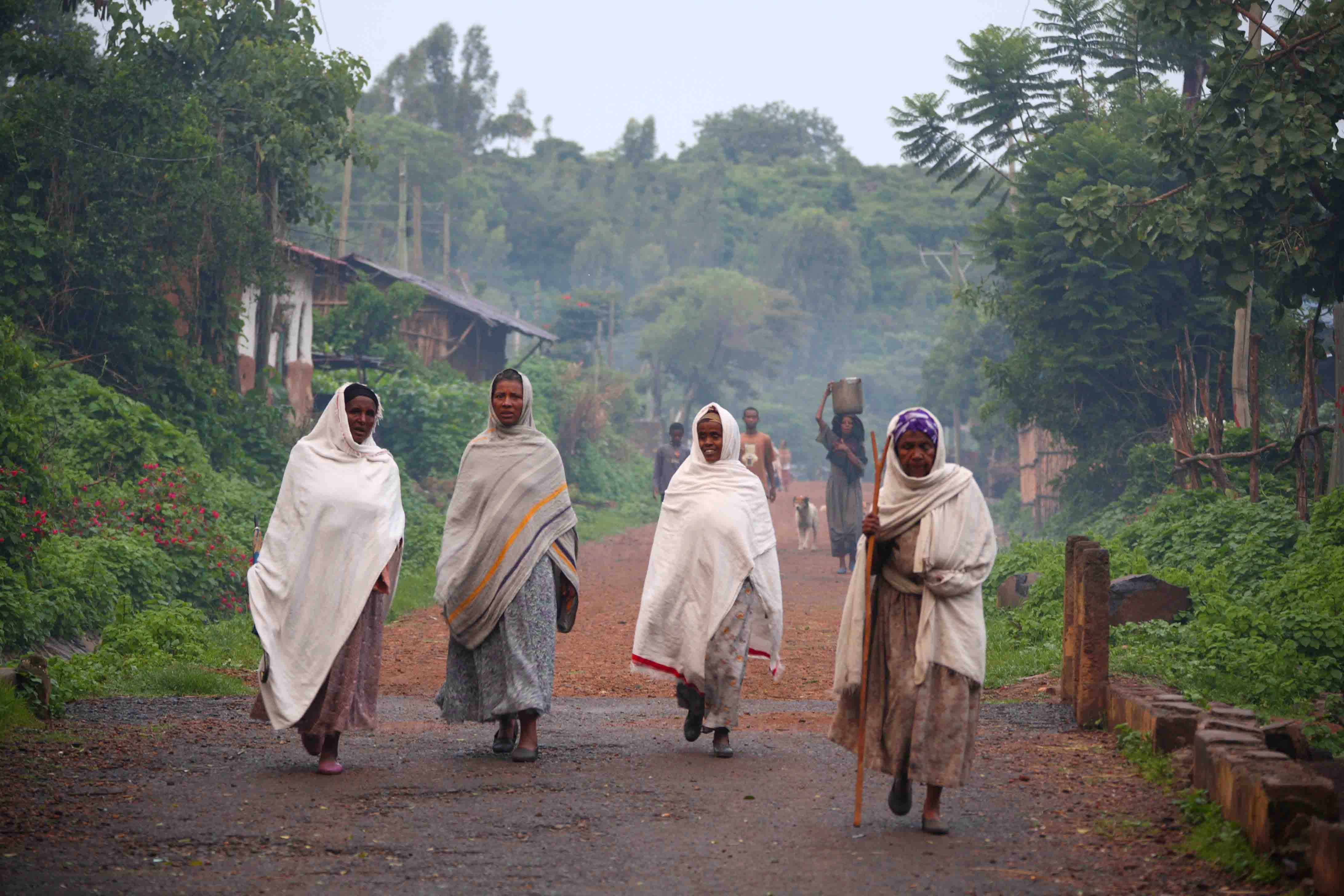
Ethiopia is an ancient country whose unique cultural heritage, rich history and remarkable biodiversity are reflected in a tally of nine UNESCO World Heritage Sites – more than any other country in Africa. Within its borders, you’ll find the world’s fourth-holiest Islamic city, along with the oldest continuously-occupied town south of the Sahara.

Compelling antiquities include the medieval rock-hewn churches of Lalibela and Gheralta, palaces and temples dating back 3,000 years, the magnificent 17th century castles of Gondar, and the oldest human fossils unearthed anywhere on the planet. Add to this the beautiful Simien and Bale Mountains, the spectacular volcanic landscapes of the Danakil Depression, and a wealth of mammals and birds found nowhere else in the world, and it’s little wonder that Ethiopia has become the most attractive and popular emergent tourist destination in Africa.
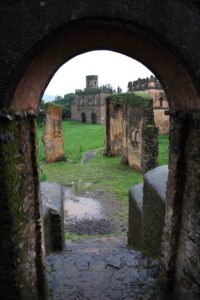
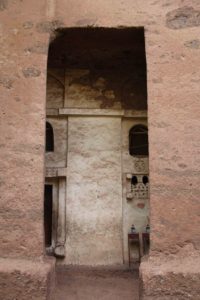
Brimming with contrasts and extremes, Ethiopia’s attractions range from the tops of its highlands, where mountains soar over 14,100 feet (4,300 metres), to the depths of the Danakil Depression, which is situated below sea level. Discovering Abyssinian culture and traditions that date back over 3,000 years is incredibly exciting and it is possible to experience ancient Islamic folklore, as well as the fascinating rituals and sacred ceremonies of the Ethiopian Orthodox Church.
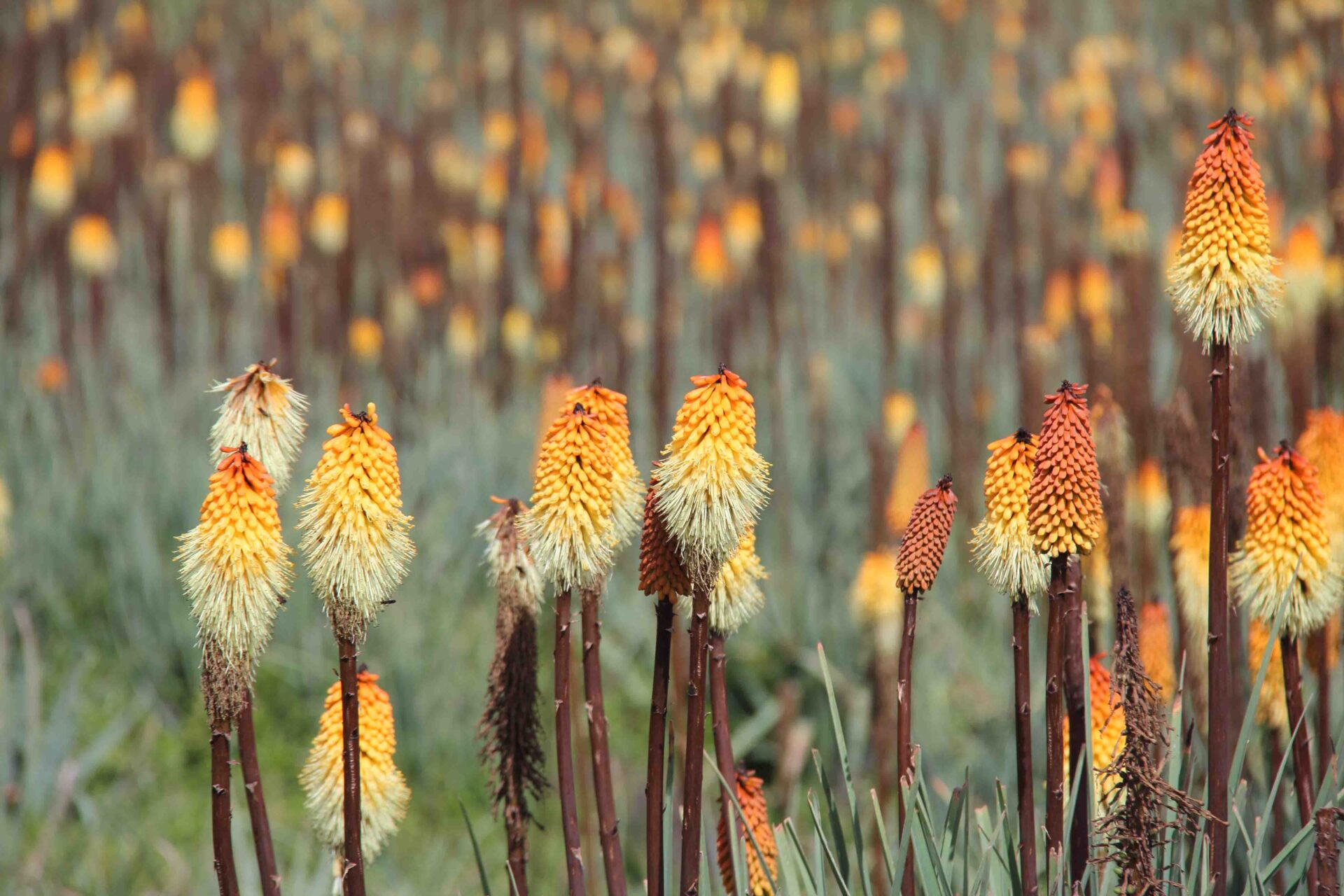
The capital, Addis Ababa (meaning ‘New Flower’ in Amharic) is home to the more modern problems of urban migration. Addis Ababa can be a difficult place to navigate, but anyone with a desire to learn more about Ethiopian culture would be remiss not to spend more time in this complex city.
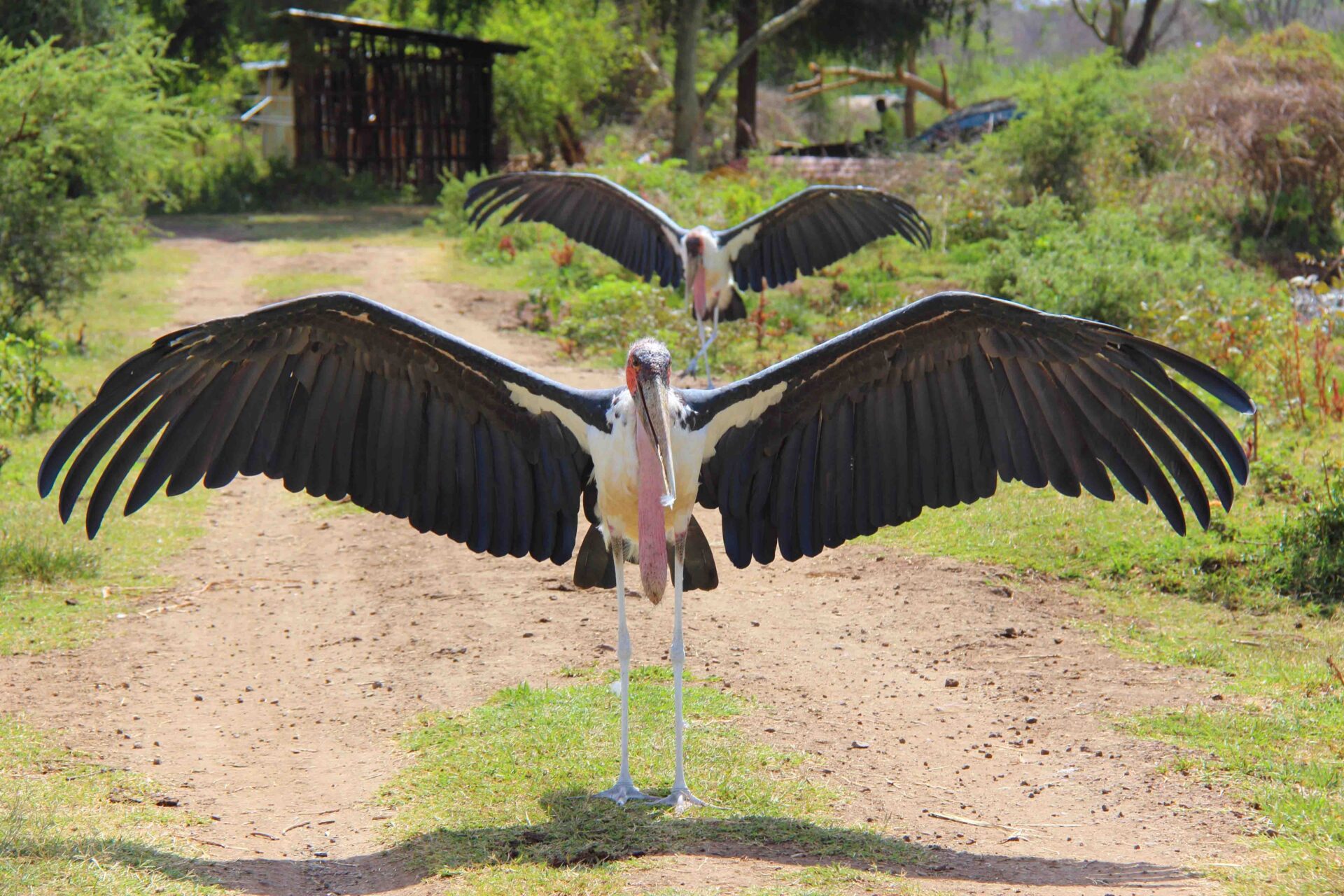
The north of Ethiopia is the most attractive region for anyone interested in history or natural beauty. The Historic Route winds through the medieval wonders of the country, including the ancient cities of Gondar and Axum, and the breath-taking Lalibela churches, which were carved out of rock. The north also boasts the lofty Simien Mountains National Park, where visitors will find the fourth highest peak on the continent, fantastic hiking opportunities and a variety of wildlife.

Dubbed the “New Jerusalem,” Lalibela town in the Northern part of Ethiopia, is a place of pilgrimage for Orthodox Christians. The town is home to 11 ancient monolithic churches carved entirely out of a single rock with hammers and chisels. Standing at 40 feet high, Bete Giorgis (Saint George’s), is the most impressive of these churches with a roof that has the shape of a cross. Bete Medhani Alem church which you can find across the main road from St. George, is the largest monolithic church in the world. King Lalibela is credited for these spectacular buildings which have been registered by UNESCO as world heritages.

Feel the heat at the Danakil Depression
The Northeastern part of Ethiopia is home to the hottest place on Earth, where daytime temperatures soar to sweltering 50°C in Summer. In the heart of the depression lies a place called Dallol that features salt mines and magnificent multicolored landscapes that give you the impression of a carefully painted art book. The Danakil depression is also home to one of the world’s oldest active volcano called Erta Ale to mean a smoking mountain in the local language. After looking at the bubbling lava from the volcano and the unbearable heat, you can see why the Afar people in the area call this place the gateway to hell.

Feasting & fasting
The staple food in Ethiopia is injera – a huge, slightly spongy, sourdough ‘pancake’ made with teff flour. Served on a large platter, toppings (wot) are spooned onto the injera, which are then eaten by tearing off a piece of the pancake to scoop them up.

It’s a bit love-it-or-loathe-it, but whatever your view, it’s definitely an experience; especially as local custom dictates you must eat only with your right hand. Given that little else is served outside of Addis, you’ll likely become an expert by the end of your trip. The Ethiopians love their spice, and the wot are heavily seasoned with a spice mix called berbere, which seems to infuse just about everything – edible or not.

Another distinctive feature of Ethiopian food are the fasting days. These take place almost every Wednesday and Friday, as well as for 55 days leading up to Easter. Only vegan or sometimes vegetarian meals are served during the fasting days; because of this, vegetarians will find Ethiopia an easy country to travel in. The meat-mad can get their fix – with raw or cooked chunks of steak, or raw minced meat for the very brave – during non-fasting days.
Photography: Jehu Molina






